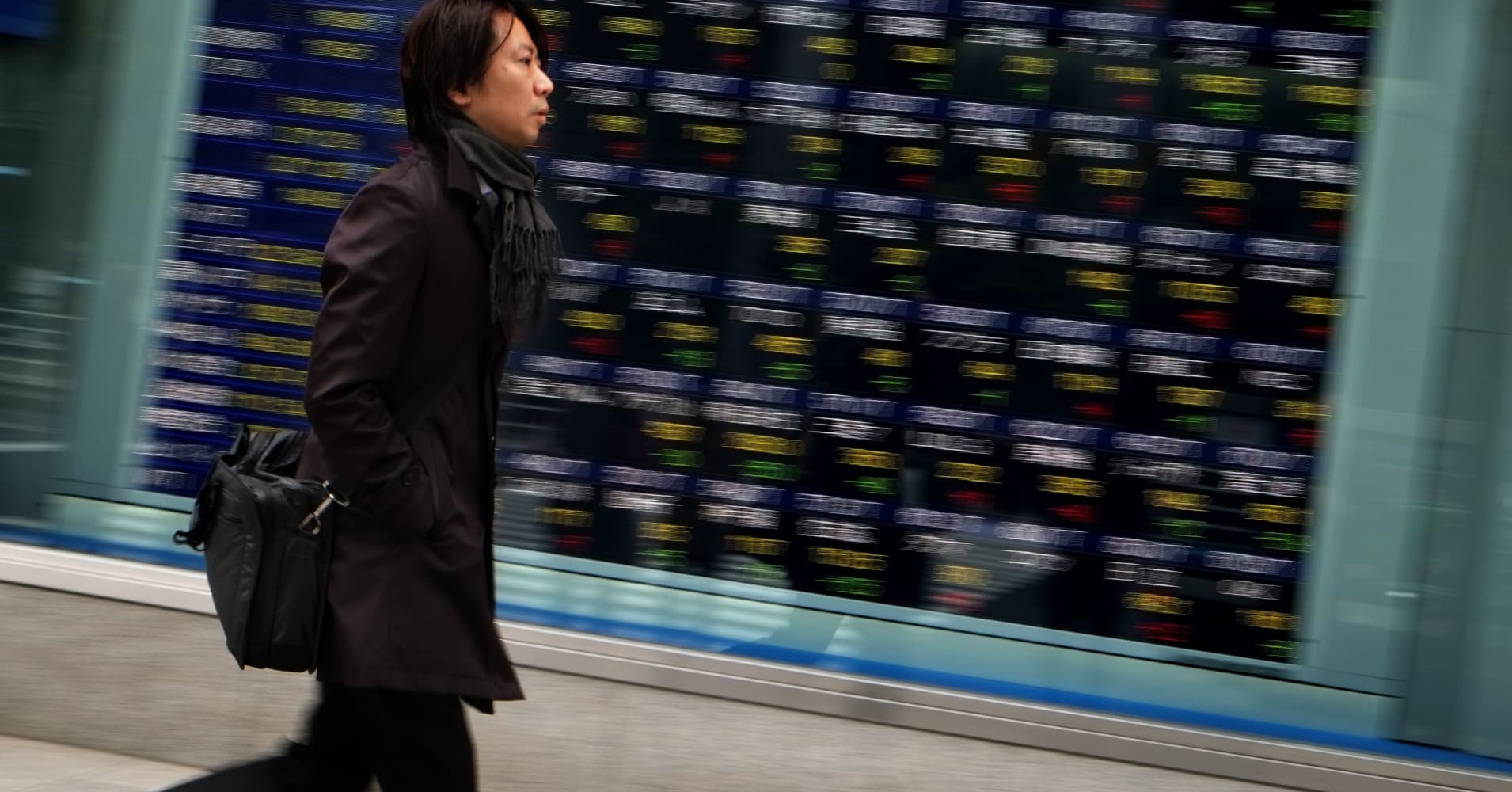 Chinese mainland markets finished up 1 percent on Tuesday, following a survey showing a pickup in China’s factory activities for December.
Chinese mainland markets finished up 1 percent on Tuesday, following a survey showing a pickup in China’s factory activities for December.
The Shanghai composite finished up 32.64 points, or 1.05 percent, at 3,136.28, while the Shenzhen composite added 16.84 points, or 0.85 percent, to 1,985.95. In 2016, the benchmark Shanghai index had tumbled 12.3 percent, registering its worst year since 2011.
China’s Caixin Manufacturing Purchasing Managers‘ index (PMI) rose to 51.9, compared with 50.9 in November and beating forecasts for 50.7, on the back of increased demand. A reading above 50 represents expansion in a sector, whereas a reading below 50 represents contraction.
The private manufacturing survey results came after figures at the weekend showed China’s official PMI fell to 51.4 in December, slightly weaker than expectations.
In Hong Kong, the Hang Seng index was up 0.71 percent in late afternoon trade, while gaming shares fell following a decline in Macau gambling revenues. The Hong Kong benchmark had struggled to finish in positive territory for 2016, ending the year up just 0.39 percent.
Macau government data showed on Sunday that gambling revenue fell 3.3 percent in 2016, which was in line with Reuters‘ poll of analysts‘ forecasts for a decline of around 3-4 percent. One bright spot in the data was that December revenue jumped 8 percent from the previous year.
Shares of Wynn Macau were down 0.32 percent, Sands China fell 0.74 percent and MGM China dropped 5.72 percent.
Meanwhile, Australia’s ASX 200 added 1.19 percent, or 67.4 points, to close at 5,733.2, supported by broad gains across all sub-indexes. The benchmark is currently at a 16-month high, after ending 2016 up 6.99 percent, its best annual performance since 2013.
Shares of ANZ were up 1.71 percent at A$30.94 each, after the Australian lender announced it had reached a deal to sell a 20 percent stake in Shanghai Rural Commercial Bank to China COSCO Shipping and Shanghai Sino-Poland Enterprise Management Development.
In South Korea, the Kospi gained 17.81 points, or 0.88 percent, to 2,043.97, likely due to the weaker Korean won, as it benefits exporters when overseas profits are repatriated.
South Korean automakers Hyundai Motor and its affiliate Kia Motors were both higher, up 2 percent at 153,000 won per share and 3.16 percent at 40,750 won per share respectively.
On Monday, both automakers announced a higher combined sales target in 2017 of 8.25 million vehicles globally, compared with its 2016 goal of 8.13 million vehicles, which the two automakers missed.
„Hyundai and Kia’s December shipments were weak as expected, mainly due to the high base in 2015 driven by the end of the purchase tax cut. Considering the high base, we believe [both automakers‘] domestic sales were resilient,“ said Angela Hong, research analyst at Nomura, in a note on Monday.
Moreover, the annual growth targets set for both automakers will be hard to achieve. For Hyundai, South Korean and other emerging markets remain stagnant, while for Kia, there is still some uncertainty about whether Kia’s Mexican production will be able to be exported into the U. S., Hong said.
New Zealand, Japan and Thailand markets were shut for public holidays.
In currency markets, the dollar index , which tracks the greenback against a basket of currencies, was up 0.43 percent at 102.65 as of 3:11 pm HK/SIN, after falling for the past three sessions.
Against the dollar, the yen weakened to 117.66, compared with 116 levels seen last week, while the Australian dollar climbed to $0.7219 from levels below $0.7170 in the previous session. The dollar/won traded at 1,203.89.
The People’s Bank of China set the daily yuan midpoint at 6.9498 against the dollar, its first fixing after China changed the way the currency basket would be calculated to set the yuan midpoint. The yuan was trading at 6.9552 against the dollar as of 3:15 p.m. HK/SIN.
Over the weekend, Chinese regulators also announced new measures to curb capital outflows, which have been a growing problem since Donald Trump’s surprise election win spurred sharp dollar strength.
The new rules state that Chinese banks and other financial institutions will have to report all domestic and overseas cash transactions valued at more than 50,000 yuan, compared with 20,000 yuan previously. Banks will also have to report any overseas transfers by individuals of more than $10,000.
The government said these checks on transactions are targeted at cracking down on money laundering, terrorism financing and fake outbound investment transactions, and not normal, legitimate business activities, Reuters reported.
During Asian trade, U. S. crude rose 0.54 percent to $54.01 per barrel , while global benchmark Brent was up 0.55 percent at $57.13.
„There is limited upside at least in the first half of 2017, and a lot of it just hinges on what OPEC does and whether it will comply with the agreement it made late last year,“ Azlin Ahmad, crude oil editor of Argus Media, told CNBC.
Ahmad added that Organization of Petroleum Exporting Countries production cuts will only be evident toward the end of January, which might mean volatile trading for the next few weeks.
Stateside, markets were shut for New Year holidays on Monday, but the Dow Jones industrial average last closed at 19,762.6, while the S&P 500 finished at 2,238.83 and the Nasdaq ended at 5,383.12.
— Antonio José Vielma contributed to this report
Start
United States
USA — China Chinese shares climb as mainland factory activity picked up in December
Chinese shares climb as mainland factory activity picked up in December
Similarity rank: 1.






